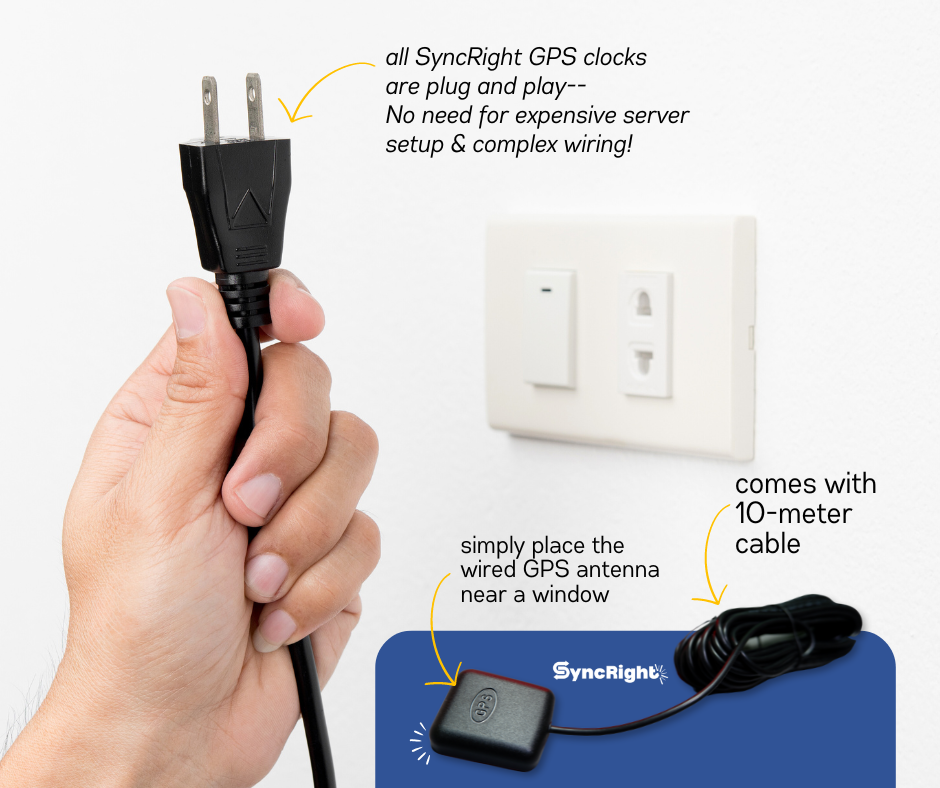Time is a critical element in any building or structure. From hospitals and schools to airports and offices, accurate timekeeping is essential for smooth operations, safety, and efficiency. As architects, engineers, construction firms, and real estate professionals, you understand the importance of choosing the right clock system for your projects.
In this comprehensive guide, we’ll delve into the world of GPS clocks and LED clocks, exploring their features, benefits, and drawbacks. We’ll also discuss why GPS clocks are emerging as the superior choice for modern infrastructure, particularly in the context of the Philippines, where adherence to the Philippine Standard Time (PST) Act of 2013 is mandatory.
Understanding GPS Clocks
GPS clocks are advanced timekeeping devices that leverage the Global Positioning System (GPS) network to receive signals from atomic clocks aboard satellites. This enables them to synchronize with the most accurate time source available, ensuring unparalleled precision and reliability.
Key Advantages of GPS Clocks:
- Unmatched Accuracy: GPS clocks maintain accuracy within a few nanoseconds of Coordinated Universal Time (UTC), the international standard for timekeeping. This eliminates the discrepancies and inaccuracies that can occur with traditional clocks.
- Self-Setting and Automatic Updates: GPS clocks automatically synchronize with the GPS network, eliminating the need for manual adjustments. They also adjust for daylight saving time and leap seconds without any human intervention.
- Network Synchronization: GPS clocks can be easily networked together, ensuring that all clocks within a facility display the exact same time, regardless of their location. This is crucial for large buildings or campuses where synchronized timekeeping is essential.
- Reliability and Low Maintenance: GPS clocks are immune to power outages and internet disruptions, as they continue to receive signals from satellites. They also require minimal maintenance, saving you time and resources in the long run.
- Philippine Standard Time Act of 2013 Compliance: In the Philippines, GPS clocks can be configured to adhere to the Philippine Standard Time (PST) Act of 2013, ensuring your facility is compliant with local regulations
Understanding LED Clocks
LED clocks are digital clocks that use light-emitting diodes (LEDs) to display the time. They come in various sizes and designs, making them a popular choice for both indoor and outdoor applications.
Drawbacks of LED Clocks
- Limited Accuracy: LED clocks rely on internal oscillators for timekeeping, which can drift over time, leading to inaccuracies. They often require manual adjustments to maintain accurate time.
- Individual Clock Management: Each LED clock needs to be set and adjusted individually, making it time-consuming and prone to errors, especially in large facilities.
- Vulnerability to Power Outages: LED clocks lose time during power outages and need to be reset manually once power is restored.
- Limited Networking Capabilities: Networking LED clocks can be complex and expensive, requiring additional hardware and software.
GPS Clocks vs. LED Clocks: A Head-to-Head Comparison
Feature | GPS Clocks | LED Clocks |
|---|---|---|
Accuracy | Unmatched (nanoseconds) | Limited (seconds or minutes) |
Self-Setting | Yes | No |
Automatic Updates | Yes | No |
Network Synchronization | Easy and seamless | Complex and expensive |
Reliability | High | Moderate |
Maintenanc | Low | Moderate |
PST Act Compliance | Easily configurable | May require additional setup |
Why Choose GPS Clocks for Your Projects?
GPS clocks offer several compelling reasons to choose them over LED clocks:
- Efficiency: GPS clocks simplify installation and maintenance, reducing labor costs and minimizing downtime.
- Accuracy: Precise timekeeping is crucial for various applications, from scheduling and attendance tracking to emergency response systems.
- Reliability: The uninterrupted operation of GPS clocks ensures that your facility always has accurate time, even during power outages or network disruptions.
- Scalability: GPS clocks can easily be scaled to accommodate the needs of any size facility, making them a future-proof investment.
- Cost-Effectiveness: While the initial investment in GPS clocks may be higher than LED clocks, their long-term cost savings in terms of maintenance, accuracy, and efficiency make them a more cost-effective solution
Real-World Applications of GPS Clocks
With different analog clocks bought from the department store, our offices look like this:
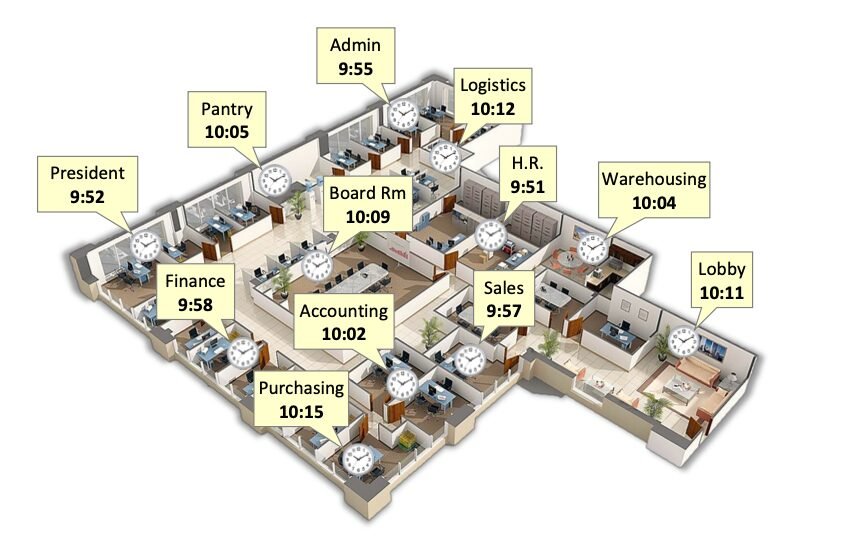
With our GPS clocks installed, all our office departments may be as accurately synchronized as this:
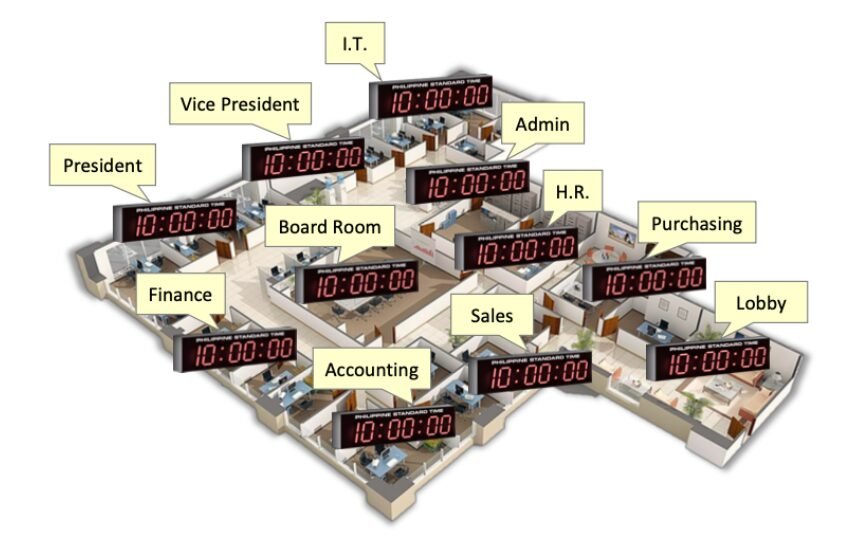
SyncRight GPS clocks can transform your company to a synchronized corporate office that fosters a culture of punctuality and sense of urgency.
Government offices that are not compliant with the Philippine Standard Time Act of 2013 look like this:
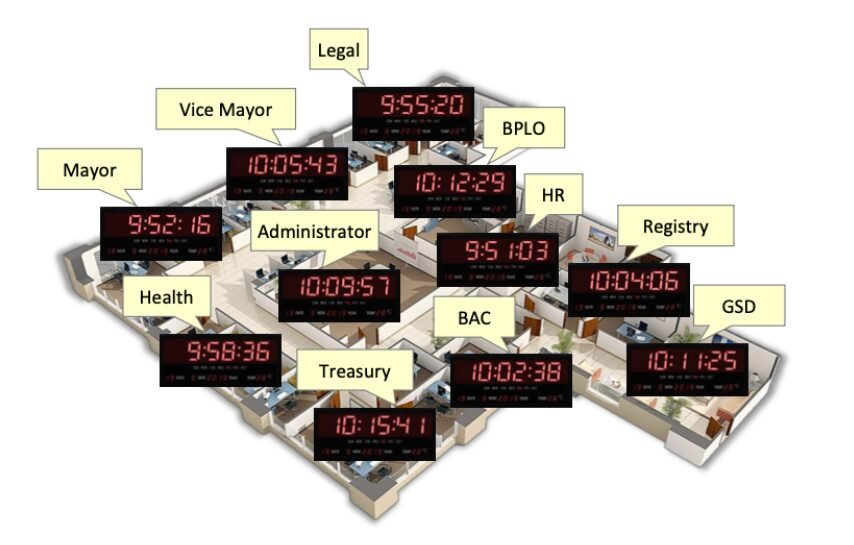
With our GPS clocks installed, our government offices can all be accurately synchronized, like this:
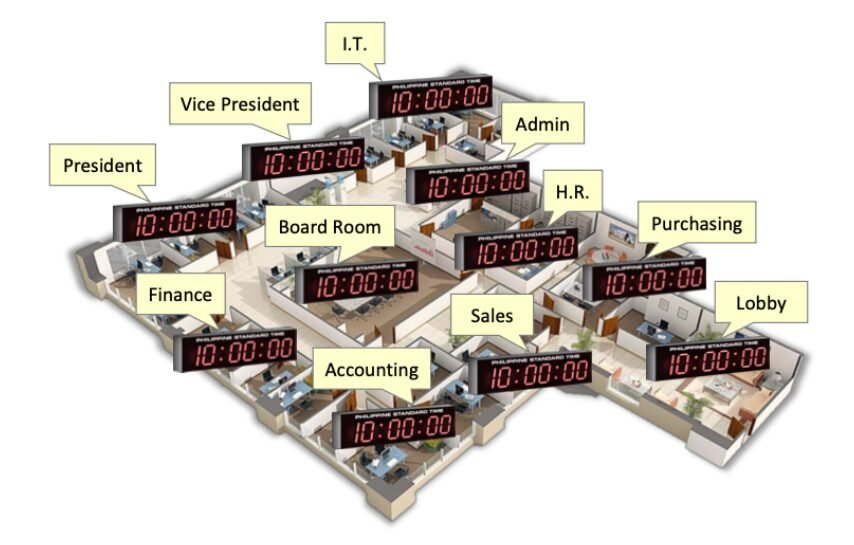
Syncright GPS clocks transform all government offices into one synchronized government agency that compels all public servants to show and honor the Philippine Standard Time.
Even with all the manufacturing efficiency and productivity training and certifications of your assembly line's leadership team, it will still be difficult to get everyone in-sync if no one knows what the real time is:

If you deploy GPS clocks everywhere, then everyone will have one and the same answer as to "What time is it?", which seems like a very common question, but certainly has a very crucial effect on the entire company's productivity and profitability.

SyncRight clocks get the entire assembly line in sync with one and the same Philippine Standard Time, thereby increasing the ease of setting and achieving production deadlines.
If the different areas within our campus tell different times, then how do we expect our students to recognize the right time and learn punctuality?
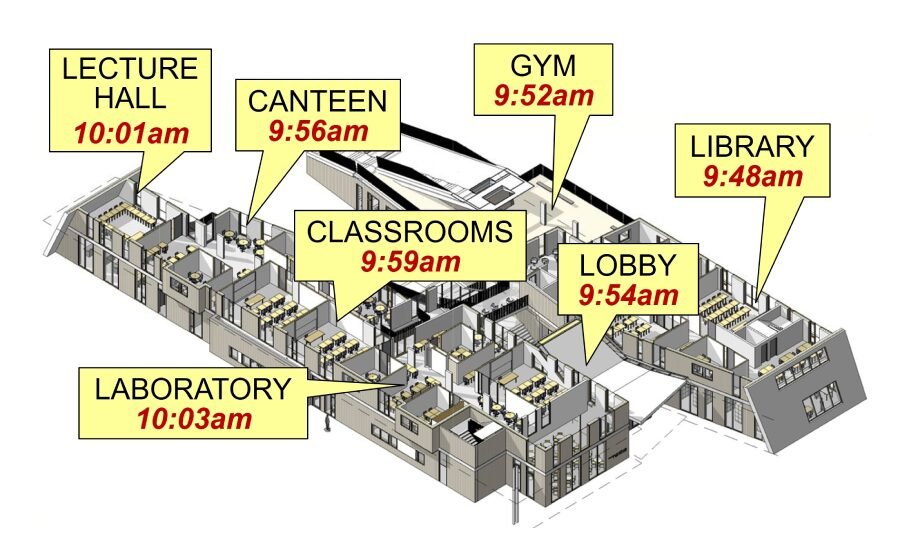
With SyncRight GPS clocks deployed across the entire campus, classes may begin and end on time and the school fosters a culture of punctuality where students learn that the "Filipino time "ought to be the "right time"!
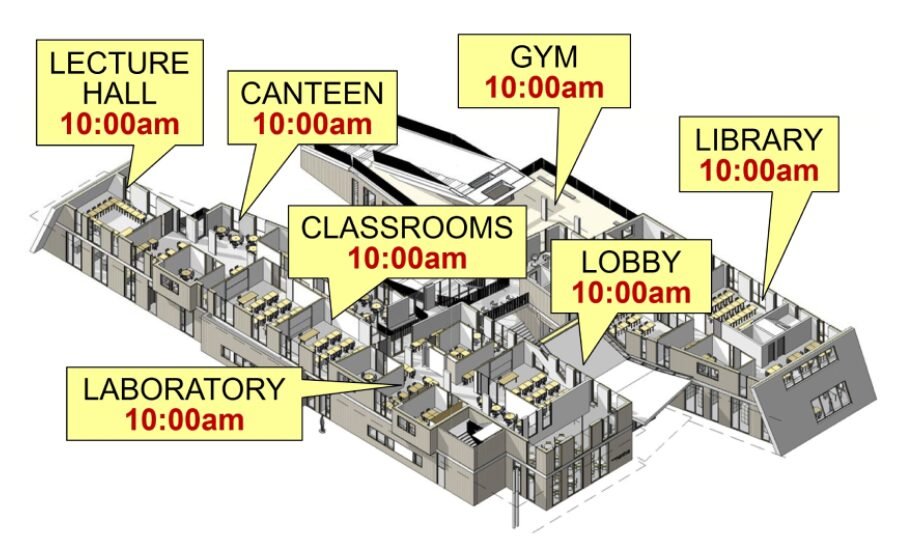
A hospital that uses just any clock in every room and corner will hardly be able to administer medicines and procedures at the right time.
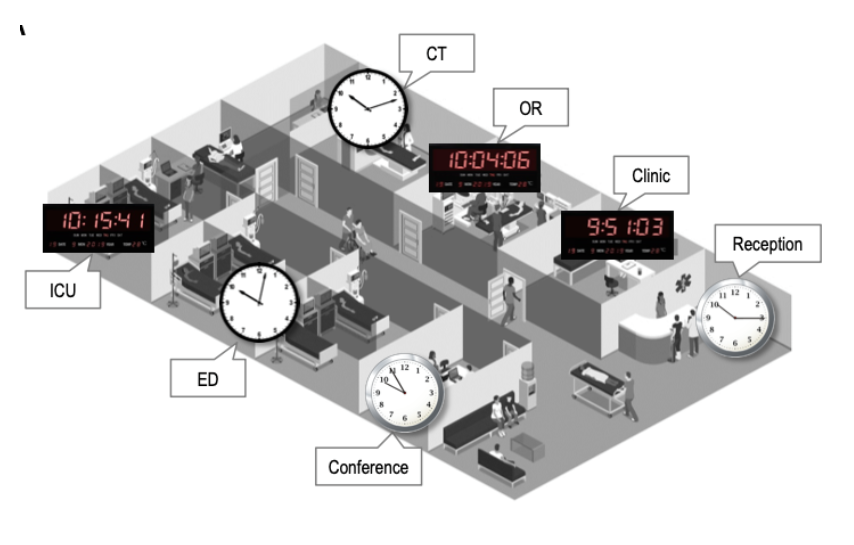
A hospital that uses SyncRight GPS clocks are synchronized healthcare facilities that provide proper patient care at precisely the right time, all the time.
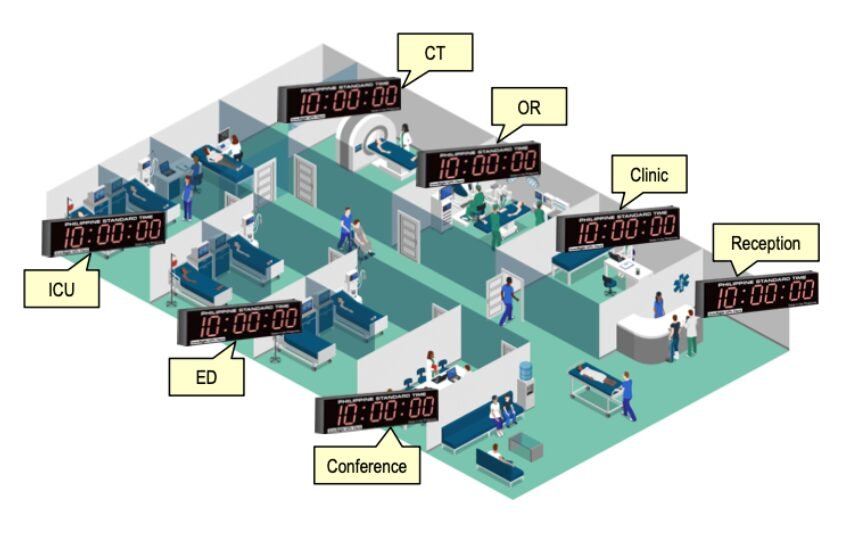
Transport hubs that have no sufficient time display causes delays and complacency both on the side of the service providers and the passengers
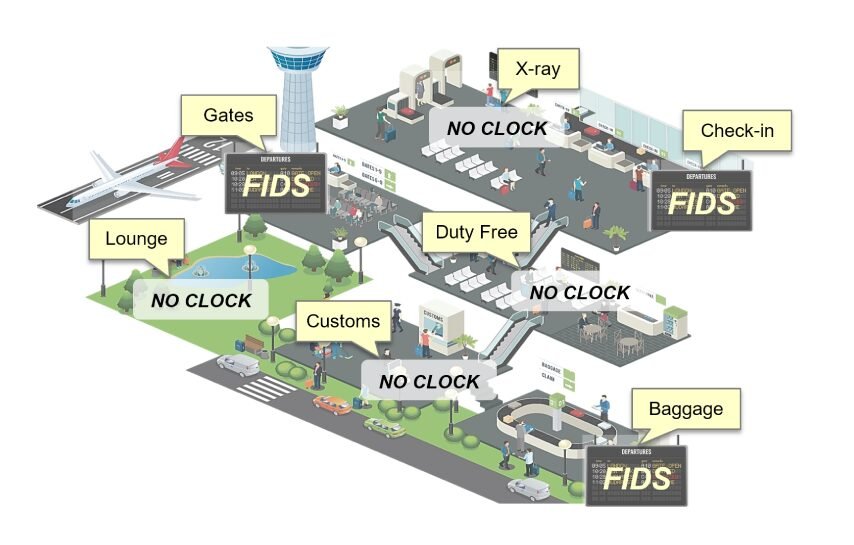
Syncright GPS clocks synchronize all stakeholders within an airport, bus or ferry terminal by showing the Philippine Standard Time to everyone, everytime.
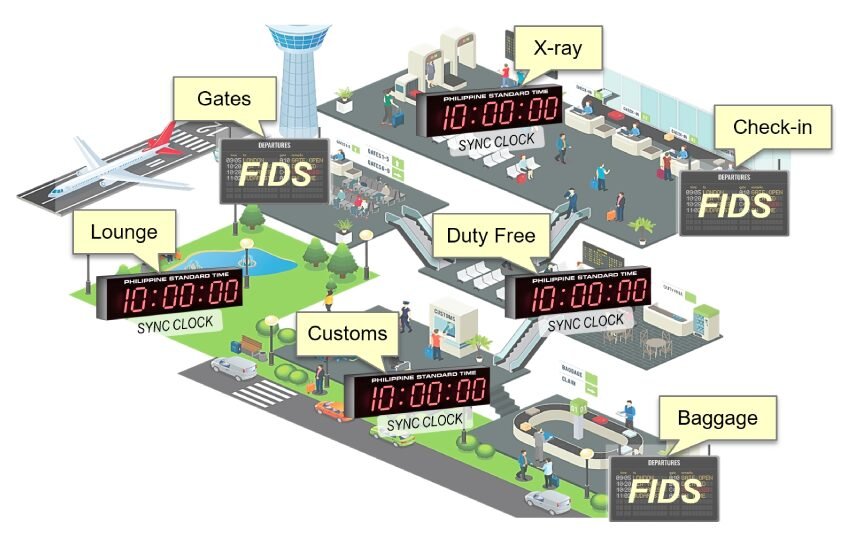
GPS clocks have found widespread applications in a variety of industries:
- Healthcare: Hospitals use GPS clocks to synchronize medical equipment, time-stamp patient records, and ensure accurate timing for critical procedures.
- Education: Schools use GPS clocks to synchronize bells, schedule exams, and manage student attendance.
- Transportation: Airports and train stations rely on GPS clocks for accurate scheduling, departure boards, and safety systems.
- Manufacturing: GPS clocks are used in factories to synchronize production lines, monitor equipment performance, and ensure on-time deliveries.
- Finance: Financial institutions use GPS clocks for precise transaction timestamps and regulatory compliance.
Choosing the Right GPS Clock Solution
When selecting a GPS clock for your project, consider the following factors:
- Accuracy Requirements: Determine the level of accuracy required for your specific application.
- Scalability: Choose a system that can grow with your needs and support multiple clocks across your facility.
- Features: Consider features such as network synchronization, battery backup, and time zone support.
- Manufacturer Reputation: Choose a reputable manufacturer with a proven track record of providing reliable GPS clock solutions.
In the battle of GPS clocks vs. LED clocks, GPS clocks emerge as the clear winner for modern infrastructure. Their unmatched accuracy, self-setting capabilities, network synchronization, reliability, and low maintenance make them a superior choice for any facility that values precise timekeeping.
If you’re an architect, engineer, construction firm, or real estate professional, investing in GPS clocks is a wise decision that will pay dividends in the long run. With GPS clocks, you can ensure that your projects operate smoothly, efficiently, and in compliance with the Philippine Standard Time Act of 2013.
Don’t settle for less than the best. Choose GPS clocks for your next project and experience the difference that precise timekeeping can make.


